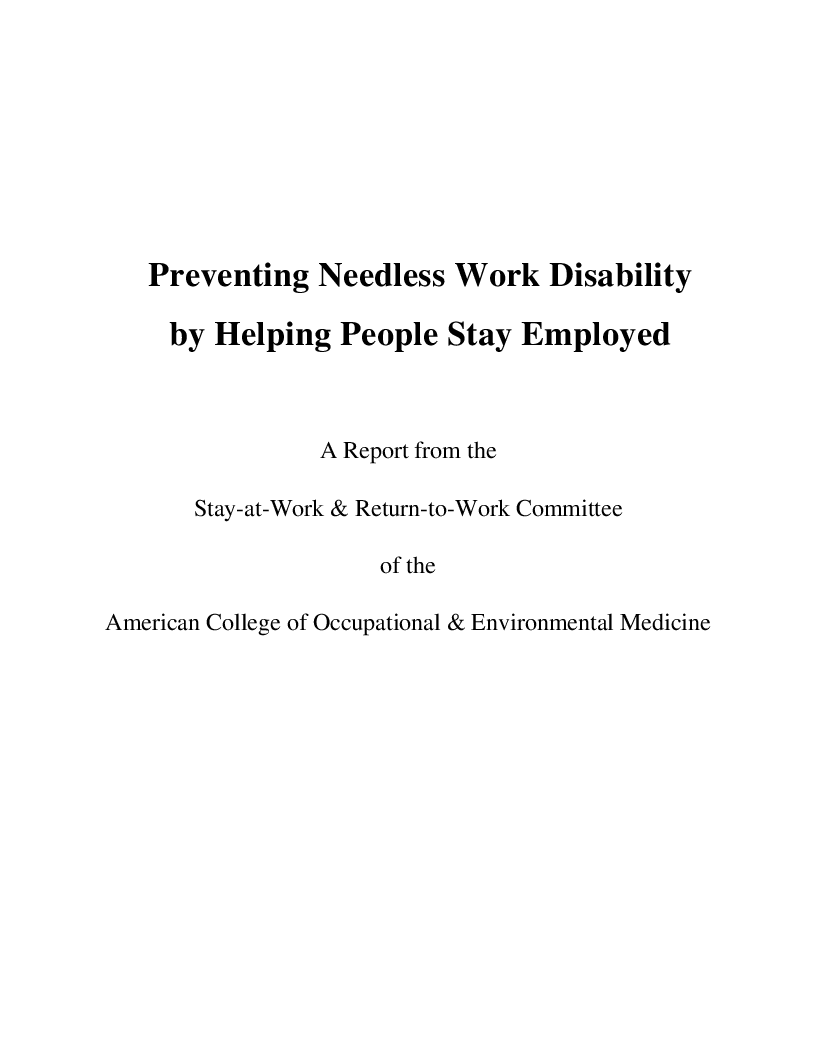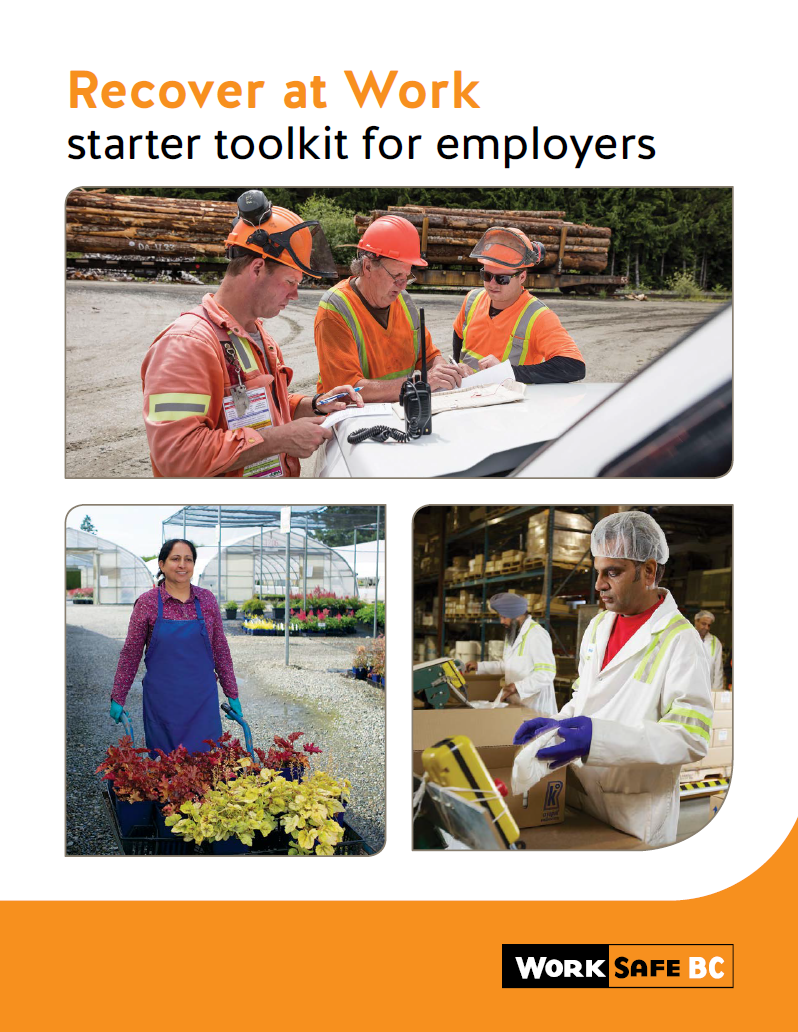Return to work
Returning to work while recovering is a healthy and safe approach for most people with work-related injuries. Working is good for physical and mental health, and often supports healing. Making safe, sustainable work arrangements for people who were injured at work takes collaboration. Workers, employers, and health care providers all have important contributions to make.
New legal requirements: Duty to cooperate and duty to maintain employment
The provincial government has made amendments to the Workers Compensation Act that affect return to work. Effective January 1, 2024, employers and workers have a legal duty to cooperate with each other and with WorkSafeBC in timely and safe return to work following a worker’s injury, and certain employers have an obligation to return injured workers to work in specific circumstances.
For more information on Bill 41, see:
Returning to work is good medicine
Returning to work, when it is safe to do so while recovering, helps an injured worker’s mental health and physical well-being. It also helps to protect their income, employment benefits, social contacts, routines, and job security.
Focus on what someone can do
For many people, returning to work might mean performing alternate tasks, working a modified schedule, or doing things a little differently. Focus on what someone can do, rather than what they can't. For example, someone with an injured shoulder can still perform safe and suitable work in the office by answering phones.
A team approach to return to work
A safe and suitable return-to-work (RTW) plan is a document developed collaboratively between the injured worker and their employer. Other people that could be involved include a WorkSafeBC claim officer, the employer’s RTW coordinator, the injured worker’s health care provider, or a union representative. A RTW plan includes the worker’s functional abilities, job duties, and hours of work. Following a “work as therapy” approach helps people recover faster and return to work and normal life sooner.




